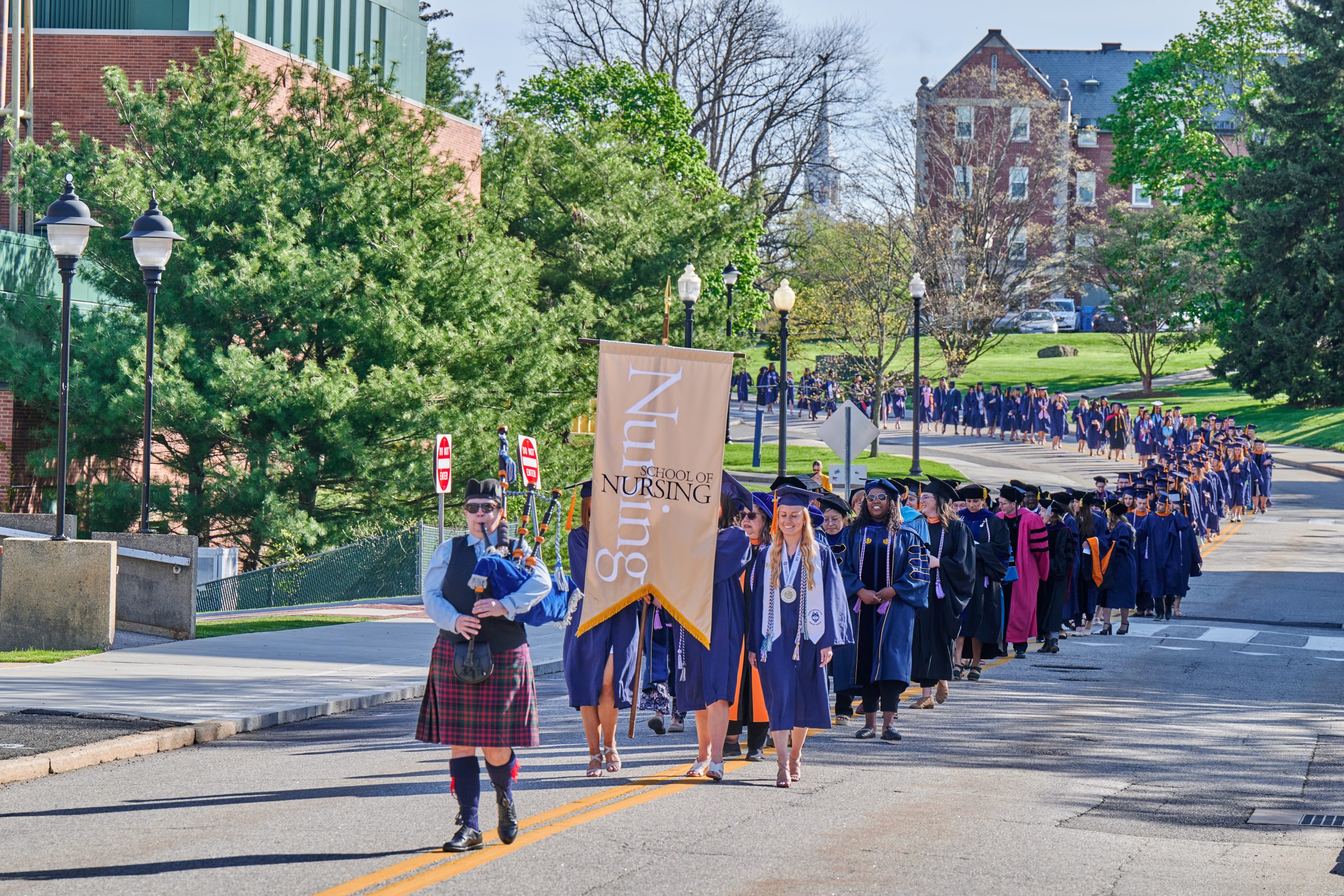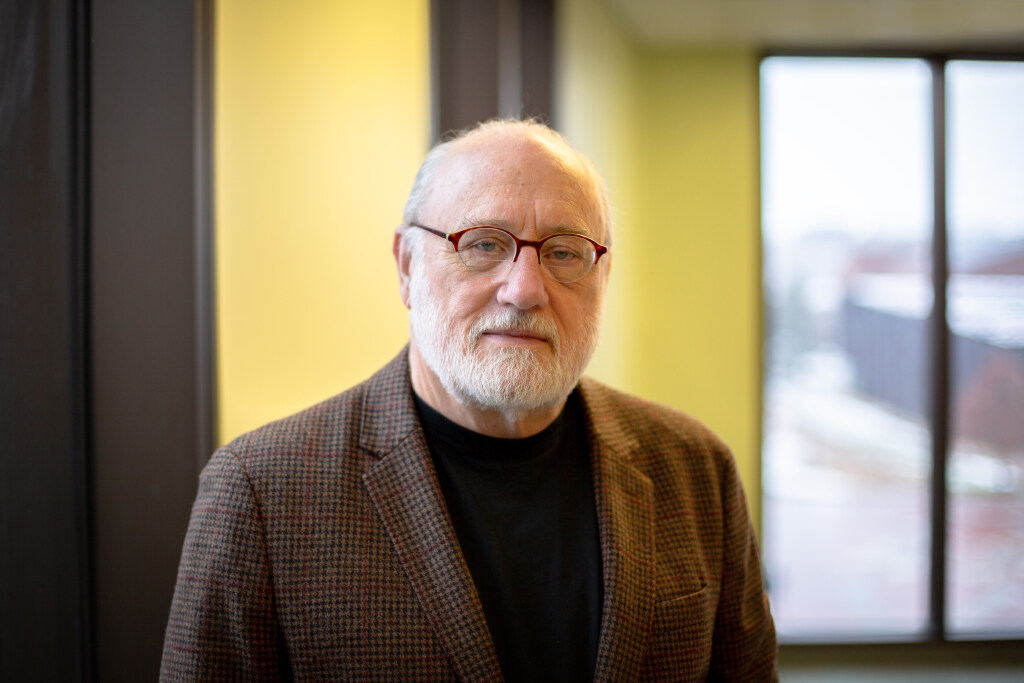Three UConn faculty members are collaborating on a major, multi-institutional project that recently received over $7 million in funding from the U.S. Department of Defense’s Multidisciplinary University Research Initiative (MURI). Ramamurthy Ramprasad of the Department of Chemical, Materials & Biomolecular Engineering (CMBE) and the Institute of Materials Science (IMS) serves as principal investigator on the winning proposal, one of just 32 selected from 152 submissions. UConn is expected to receive $3.6 million over the full five years of the project.
The objective of the team is to employ computational methods to develop new classes of polymeric films, featuring specific dielectric properties, for use in high energy density capacitors. Such capacitors are used in a wide variety of applications, including power electronics, pulse power equipment such as radar and lasers, hybrid electric vehicles and implantable medical devices. DOD is particularly interested in the development of reliable, energy dense capacitors as an enabling technology that will allow the military to move to electrified systems while dramatically down-scaling the size and weight of power electronic components.
 Joining Dr. Ramprasad on the project are UConn colleagues Steven Boggs and Gregory Sotzing. Dr. Boggs is co-director on the project, director of the Electrical Insulation Research Center, and a research professor affiliated with IMS and the departments of Physics and Electrical & Computer Engineering; Dr. Sotzing is director and a member of the IMS Polymer Program as well as a professor in the Department of Chemistry. The team also includes partners at Rensselaer Polytechnic Institute, Columbia University, Penn State University and the University of Akron. Dr. Ramprasad brings expertise in materials modeling and computation at the quantum mechanical level; Dr. Boggs’ has decades of experience in the field of capacitor technology with expertise in electromagnetic modeling and electrical characterization; and Dr. Sotzing is a synthesis expert.
Joining Dr. Ramprasad on the project are UConn colleagues Steven Boggs and Gregory Sotzing. Dr. Boggs is co-director on the project, director of the Electrical Insulation Research Center, and a research professor affiliated with IMS and the departments of Physics and Electrical & Computer Engineering; Dr. Sotzing is director and a member of the IMS Polymer Program as well as a professor in the Department of Chemistry. The team also includes partners at Rensselaer Polytechnic Institute, Columbia University, Penn State University and the University of Akron. Dr. Ramprasad brings expertise in materials modeling and computation at the quantum mechanical level; Dr. Boggs’ has decades of experience in the field of capacitor technology with expertise in electromagnetic modeling and electrical characterization; and Dr. Sotzing is a synthesis expert.
Today, most high voltage, high energy density capacitors are made using metalized biaxially oriented polypropylene (BOPP) films. Dr. Ramprasad remarked that this technology has a low dielectric constant of approximately 2.2 and an energy density at breakdown of roughly 5 Joules/cc or at most 2.5 J/cc in a packaged capacitor. “The energy density,” he explained, “is essentially a measure of the amount of electrical energy that can be stored per unit volume. Our goal is to contribute to the increase of the energy density significantly by designing new classes of polymers with high dielectric constant and fast response.”
To achieve its objectives, the team will employ multi-scale materials computations, closely coupled with state-of-the-art synthesis, processing and characterization. Dr. Ramprasad said that the proposed multi-tiered computations range from quantum mechanical to coarse-grained morphological to finite element simulations, which will be “scale-bridged” and made predictive using quantitative data-mining techniques. These computations, which will help the researchers identify promising materials, will also be integrated with the experimental portions of the research project to enable the team to develop genuine performance data, thereby removing much of the “randomness” from the search for promising new polymers.
DOD developed the MURI program, which targets multidisciplinary engineering/science projects, to accelerate both research progress and the transition of technology from the lab into applications.


